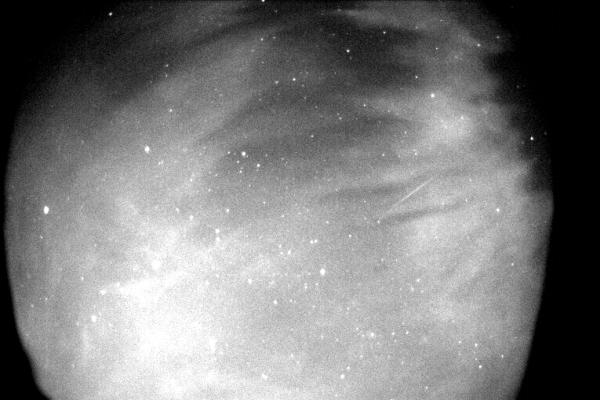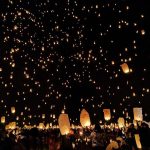
The Quadrantid meteor shower will be the first meteor shower dazzling the skies in early January. The annual meteor shower can come at a high frequency, with about 60 to 200 Quadrantid meteors sparkling through the skies per hour. It is sure to be a dazzling display if you are lucky enough to have clear weather to witness the Quadrantid meteor shower.
Intense Fireballs
The meteor shower will be seen originating from the Big Dipper constellation. Expect the characteristic bright fireballs that the Quadrantid meteor shower is known for. These fireballs are known to last longer than those from other meteor showers. The peak duration will be short (only a few hours) but the intensity will be very strong.
Quadrantid Meteor Shower From Asteroids
The Quadrantids were first observed in 1825, and they originate from an asteroid instead of a comet, from which most meteor showers originate. The asteroid is called asteroid 2003 EH1, which was discovered in 2003 (hence the name). The asteroid takes about 5 years to orbit the sun. After its discovery, scientists later realized that 2003 EH1 was the source of the Quadrantid meteor shower.
The Quadrantid meteor shower comes annually for folks in the northern hemisphere, around the early hours of January 4, but can be seen from January 1 to 5. Officially, the meteor shower is active from December 28 to January 12.
Best Ways to View
Avoid contaminating light sources by getting away from the city if possible. Since it’s winter time, dressed appropriately. You can even bring sleeping bags to lie down facing the skies. Allow about half an hour for your eyes to adjust to the dark. The meteor shower will last until dawn.
NASA’s Meteor Shower Estimator
NASA has an online tool called the Fluxtimator that will compute the meteor shower rate for your given location. It’s a useful tool to find a good location away from city lights to get a good view of meteor shower.

